Shedding light on the bevy of new light bulbs
Hundreds of bulb choices now exist, and with them new lingo to learn. And, all the new choices are more expensive than the old incandescents."The lightbulb is moving from a 60-cent commodity that you throw into your grocery cart to an investment," says Terry McGowan, director of engineering for the American Lighting Association, an industry trade group.
So consumers should invest wisely. Here are some tips:
- FOR THE CLOSEST BULB TO THE OLD INCANDESCENT, choose a halogen incandescent bulb. It won't last as long as either a CFL or LED, and it won't save you as much money, but it will seem familiar.
But don't be fooled by sticker shock. Buying the cheaper halogen over an LED can be penny-wise and pound-foolish. Although an energy-efficient bulb may cost you more in the beginning, it will save you plenty - in some cases, more than $100 - over its life because it uses less energy. (The packaging of many bulbs does some of the math, but you can be more precise if you know how much you pay per kilowatt hour.)
Then again, don't buy an expensive bulb for a socket that's rarely used - such as a closet. Target your spending to lights that are often on.
- FOR HARD-TO-REACH AREAS, pick a CFL or LED, which can last for years. You won't have to get out the ladder as often.
- NOTE THE NEW LABELS. Mandated by the Federal Trade Commission and found on the back of bulb packages, the labels are akin to the nutrition labeling on food. They specify the brightness of the bulb (in lumens), the color, estimated energy cost, expected life, and whether it contains mercury.
- LIGHT IS LUMENS, NOT WATTS. Rest assured that for now, bulb labels have information along the lines of "this bulb replaces a 60-watt incandescent." Eventually, you'll want to remember one or more of these conversions:
Old 100-watt = 1,600 lumens
Old 75-watt = 1,100 lumens
Old 60-watt = 800 lumens
Old 40-watt = 450 lumens
- WHAT COLOR? You'll find all kinds of options, from "warm white" to progressively bluer "bright white" and "daylight." Many stores have displays showing tiny rooms lit with each kind of light, but these can be deceiving. Unless you're sure, stick with "warm white," which is like the old incandescents.
When it comes to the bluer colors, "I have yet to have anyone tell me, 'Oh yeah, I used them in this living room and it's gorgeous,'" says McGowan, who is also a lighting designer. "All I've heard is disappointment."
- WANT A DIMMABLE BULB? They are available in CFLs and LEDs, but until those improve, halogens are the "slam dunk," says Larry Lauck, lighting association spokesman.
- BUY ONLY ENERGY STAR BULBS. These have had to pass more rigorous tests. Also, it means they have a warranty. Yes, this is cumbersome, but if you're worried about getting a lemon, save the box and follow the directions if your bulb blows out early.
Also, packaging for Energy Star bulbs includes "color rendering" or "color accuracy" on the label. This is a number that refers to how things look in the light. At 80, skin tones might look a tad sallow; 90 is better; 100 is best.
- ABOUT MERCURY IN CFLs. It's now in tiny amounts - less than the mercury in traditional tubular fluorescent lights, and about 100 times less than the mercury in old thermometers. Environmental groups say that CFLs result in less mercury entering the environment; since they use less energy, power plants burn less coal and emit less mercury.
If you break one, you don't need a hazmat team. Just follow the EPA guidelines for cleaning it up. And when the bulb burns out, recycle it. Most big-box home improvement stores take them.
- FANCY BULBS? Don't fret. They're likely exempt. The law applies only to standard-shaped bulbs. Appliance bulbs, candelabra bulbs for your chandelier, round bulbs for your vanity, and many others aren't affected.
Source: Miami Herald






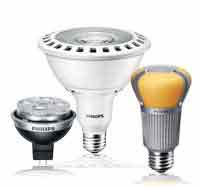
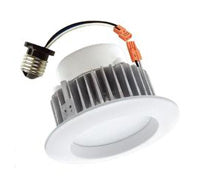

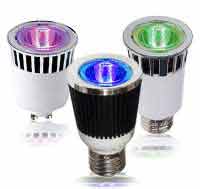


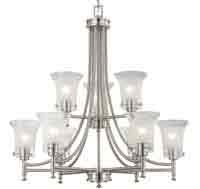
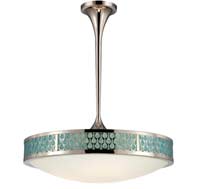




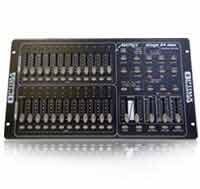






Comments